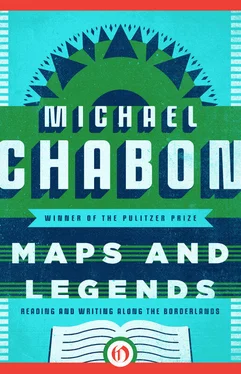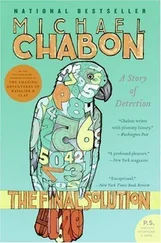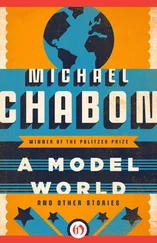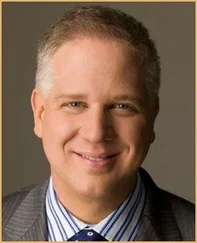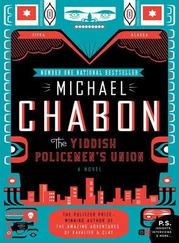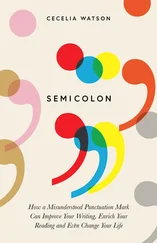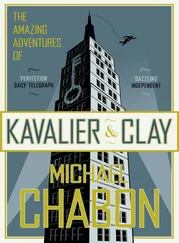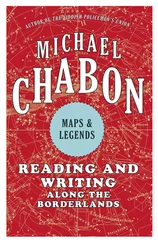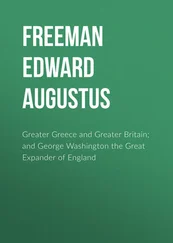I knelt down beside the grave there, and in a patch of dirt I formed the hasty outline of a man. Where his mouth would be I opened a hole, and worked the clay tablet down into it. Then I took Ayelet’s hand in mine and walked away.
I haven’t received another one since, though I’m still looking out for it in the mail. I’m still listening to my father, too, and wishing as he wished — as we all wish, Jews and non-Jews alike — to be part of something ancient and honorable and greater than myself. And, naturally, I’m still telling lies.
POSTSCRIPT, AUGUST 2007
The preceding is the text of a talk that I delivered publicly several times over the course of 2003–04. Its subject is the interrelationship between truth and lies, memory and invention, history and story, memoir and fiction, the sources of narrative and the storytelling impulse; the inevitable fate of liars to be swallowed up or crushed by their lies; and the risks inherent both in discounting the power of outright fiction to reveal the truths of a life, and in taking at face value the fictions that writers of memoir present as fact. The matter struck me (some three years before the exposures of J. T. Leroy and James Frey) as valid and important but hardly novel or surprising, and rather than deal with it in a straightforward expository manner, for my talk I elected to put on a kind of demonstration. Instead of just making commonplace assertions like “writers of fiction are professional liars” or “there is a kinship between lies and stories,” I wanted to try to show an audience just how tangled the interrelationship can be. I was hoping, mostly, that it might be more fun that way, for audiences and for me.
So I crafted a narrative in the form of a memoir, one constructed partly from the materials of my actual biography — my having lived in Flushing in 1968, grown up in Columbia, Maryland with a father given to the cultivation of what Freud called “family romance,” loved a book called Strangely Enough! by C. B. Colby, married a woman (my first wife) who was not Jewish — and partly from pure invention. This is, of course, a technique common both to liars and writers of fiction: to give credibility to invented details by blending them with factual ones.
This talk was written to be performed, and in writing and performing it I was always conscious of my audience. It has often been observed that the writing of fiction is akin to the work of a stage magician, a feat of sustained deception in which by imagery and language the trickster leads the audience to believe in the existence or possibility of a series of nonexistent or impossible things. In fiction and in stage magic, one result of this deception, if it works, is the experience of pleasure in the audience at the verisimilitude of the effect. In both cases the pleasure is possible — indeed, it depends entirely — on the audience’s knowing perfectly well that it is being fooled, on its avid willingness to be fooled, to participate in creating the illusion of reality. This, of course, is the essential difference between fiction and lies. There is a contract between the writer of fiction and the readers he or she lies to, as there is between a magician and the audience he hoodwinks; they are in it together. They are helping each other to bring a story to apparent life or an edible orange to grow from the branch of a clockwork tree.
It was never, in giving this talk, my hope to make people actually believe that I had, for example, once known a Holocaust survivor who passed himself off as a writer, but who then turned out to be a different writer who was passing himself off as a Holocaust survivor who had himself been a writer, with all of the progress of this ever-widening gyre of lies marked and measured by the growth of a clay homunculus to prodigious size. The possibility that somebody would believe or even half believe the semipreposterous tale never occurred to me; but making somebody believe it wasn’t even remotely the point. The point was to try to tangle and disentangle and tangle again the lines of truth and fiction before the audience’s very eyes, so to speak, and let them feel (or so I hoped) the excitement that comes from handling the raw materials of golem-craft, of bringing inanimate facts of clay, through imagination and invention, to a fabulous kind of life.
Magicians have different ways of acknowledging, while performing their tricks, that they are tricks. That’s part of the fun. They tell the audience that they are going to be fooled, and they challenge the audience to spot the mechanism, to see through the deception. Or they guarantee that all the marvels the audience is about to see are verifiable feats of magic, and insist, deadpan, that the lady has in fact been sawed in two. Or they pile it on, using grandiose language, hyperbolic and preposterous claims about the provenance and genuineness of the tricks in their repertoire. All of these are ways of engaging the audience to maintain and participate in the deception.
Beginning with its dubious title, and throughout the talk, I engaged in the fiction writer’s versions of these magical strategies. I repeatedly — to the point of absurdity — insisted on the truth of everything that I was saying, no matter how ridiculous, impossible, unlikely, or strange. Indeed it was usually at the most unbelievable moments in the story that I made such assertions. I also employed the common magician’s device of asking the audience to assent to a premise that I had not bothered to demonstrate or prove, telling them, for instance, that some of them might remember the case of my fictitious liar, Joseph Adler, from reading about it in the newspaper. Once I even took from my pocket a small chunk of brown brick I had found in the parking lot outside the lecture hall, brandished it, and claimed that it was the lost toe of the Golem of Flushing; but afterward I lost it and never repeated this particular flourish.
Furthermore I employed a number of nonverbal cues in the course of the performance to signal my intentions to the audience. As a friend who attended my talk in Seattle wrote to me, “Pursuing all this on the page really leaves out a huge part of the performance — your timing, your facial expressions, your body language. It’s funny, but those are the elements I remember most.”
My sense, in giving the talk all over the country to diverse audiences of literate, intelligent, engaged people, was that the talk was taken exactly in the spirit in which I intended it. They understood that it was not a “real” memoir but an avowedly fictional one, right up to the very last word, and I think that almost everyone understood the literary arguments in the service of which the fictional memoir had been offered. I make this assertion on the basis of the audience reaction as I perceived it during the course of the talks, and on the comments that people made to me afterward. A typical remark was something like “That part about writing the story about Sherlock Holmes and Captain Nemo was true, though, right?” or “I know the part about you living on Vashon Island is true!” When people said things like this, I would laugh and say something like “Are you saying you didn’t believe the rest of it? I’m outraged!” or “What do you mean that part was true?” I was teasing them, in a very obvious way. There was so much about the talk and my style of delivering it that was obvious, sometimes I worried I was hamming it up too much.
Nonetheless, there were people who did not seem to catch on entirely. There is no denying that. I believe that there were not very many such people. But there were a few who came up to me after the talk was over, and asked me about Joseph Adler, or the location of the candy store that I had said my uncle had owned in Harlem, or even about my claims of having seen golems. I will confess that, at first, I felt a mild sense of exhilaration when this occurred. If you made a man out of clay, and it really did get up and walk around, you would probably feel the same way — at first. But shortly thereafter you would begin to feel uneasy, and that is what I came to feel when somebody — and of course it really didn’t happen very often — asked me about Joseph Adler.
Читать дальше
Конец ознакомительного отрывка
Купить книгу
